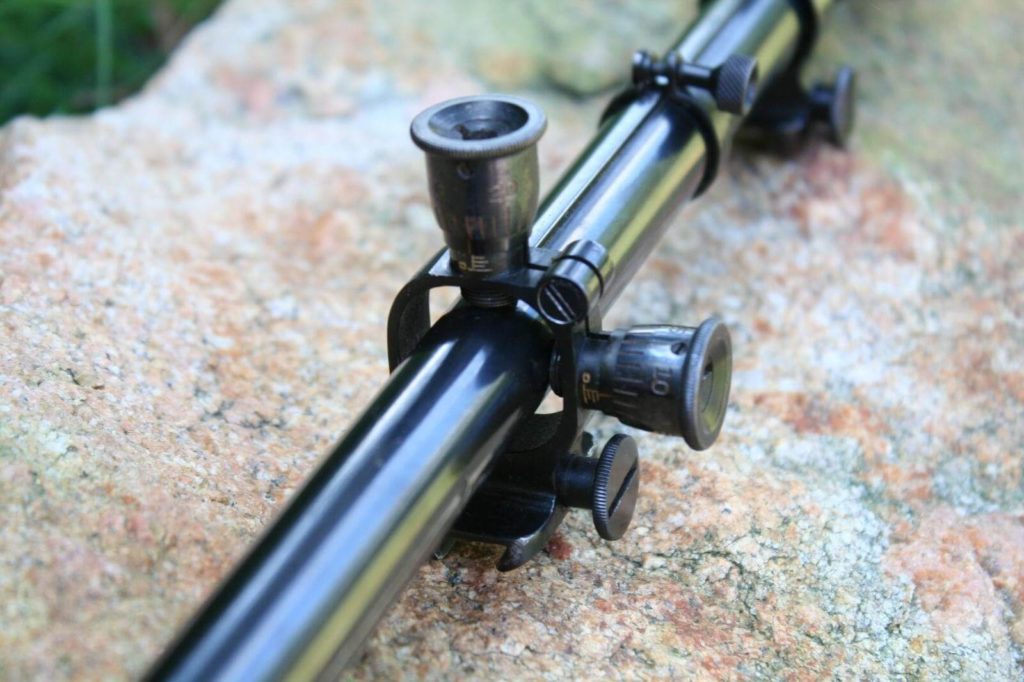
Rifle scopes of today are made in accordance with the latest technological standards. There are big and modern factories which are producing many copies on a daily basis. These new scopes are quite different than the old ones.
In the past, craftsmen were in charge of making fine guns. They performed all the tasks with old, basic equipment and were able to create only a few numbers of these firearms. These craftsmen made all the parts of the rifles in the same way. It included scopes as well.
The factories did not exist at that time, and it was the only way of production. However, they followed strict requirements and used quality materials.
Some of the scopes developed in that way were quite good and even better than many of these “modern” ones. The craftsmen were truly skilled and used appropriate equipment for production. The scopes went through a testing procedure before the release, and they could show up on a market only if everything worked perfectly well.
Today’s scopes are truly advanced in accordance with the scopes from the past. However, some of the features and specifications might make confusion in minds of shooters. For instance, they are good because the magnification has significantly increased, and you can see the target better.
The First Scope:
With a serious development of rifles, a need for scopes appeared. The first gun optic was produced somewhere around 1835 in the United States of America. They were capable to endure the pressure of the fire and stayed unbroken and well in shape.
Several US producers started manufacturing these optics from 1850 when they noticed a market demand. A civil engineer named John Chapman in a collaboration with a producer Morgan James created the Chapman-James optic that was an initial success of this type of rifle equipment. New technology was introduced in 1855, and the scope’s abilities were slightly improved.
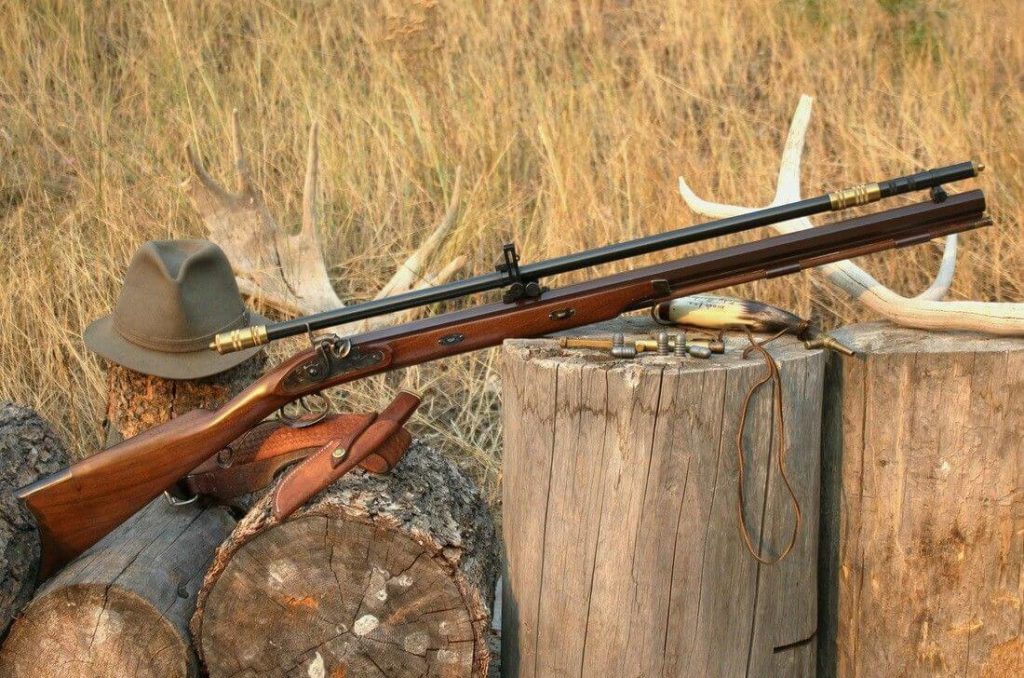
A black powder rifle equipped with the Chapman-James optical sight
The manufacturers at that time were mostly interested to improve the designs of these first rifle scopes while the initial introduction of achromatic lenses happened in 1855. The first rifle scope with the achromatic lenses was invented by William Malcome of Syracuse from New York.
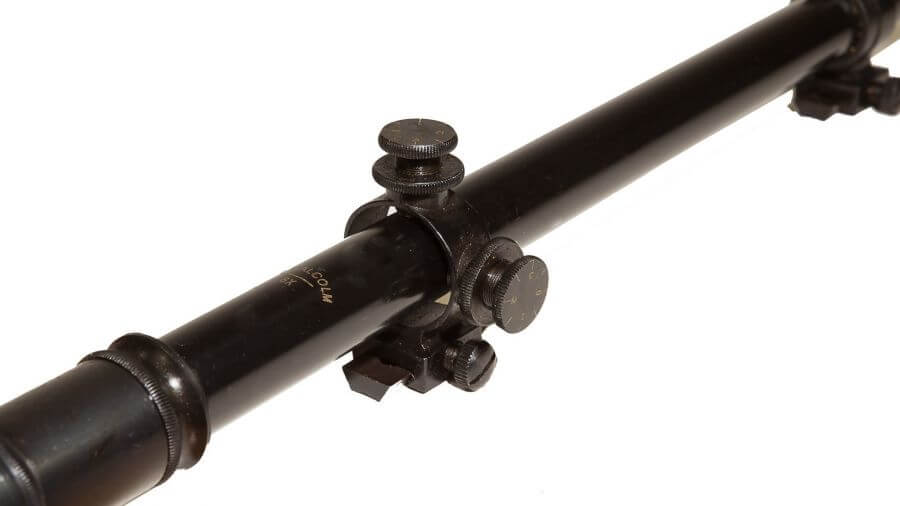
Elevation and windage customizations were also included within this type of the scope, and they became regular features of all the rifle sights at that time.
These scopes had the ability to improve the performance of shooters in a significant way, and it was considered the best rifle optic at that time. Also, it was used for the first snipers during the American Civil War.
Rifle Scope Improvements During World War I:
The beginning of World War I was a crucial moment when many countries searched for a way to get an advantage over their enemies. It led to different firearm improvements that included rifle optics.
The invention of refractor scopes was one step forward in these advances. They provided a better sight in dark conditions by enabling light to move better to the eyes of the shooters. Refractor telescopes were invented much earlier, however, it took quite some time until they became compact enough and suitable for shooting purpose.
The first refractor scopes were also an initial step in moving to the advanced optics with long eye relief.
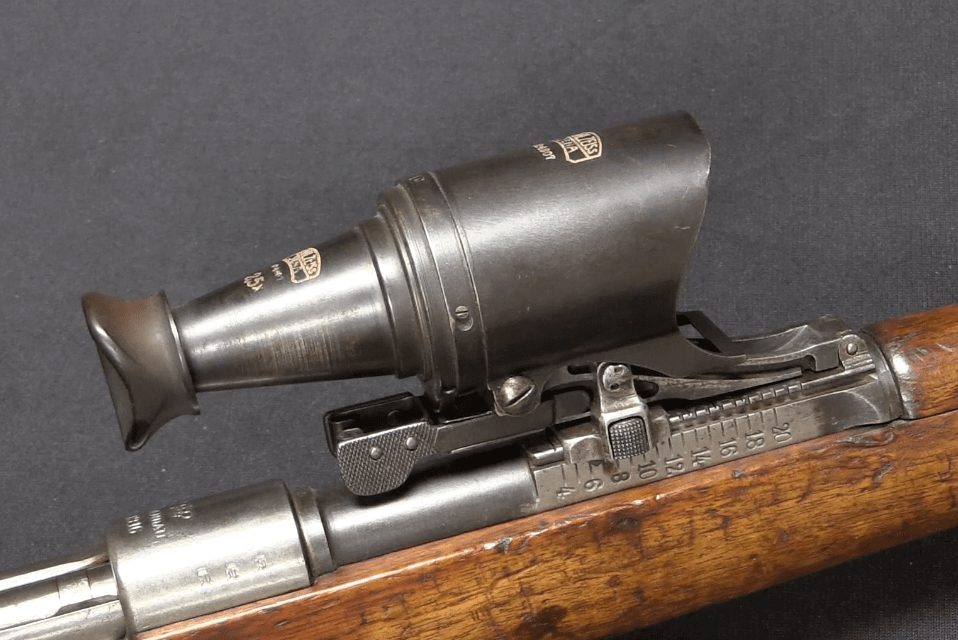
Zeiss 2.5x Glasvizier 16 Rifle Scope
Germany was the first country that started massive utilization of rifle scopes during World War I. They invented and handed down a total of 25,000 optics to their soldiers enabling them to use their rifles as snipers.
It was a smart tactic since there were so many hidden locations ideal for this type of shooting. The US was pulled into this game and country did the same as their enemies.
They delivered a massive number of scopes to the soldiers who started using them frequently during combat situations. The US Army firstly began utilizing Warner and Swasey scope. It was added to .30-06 M1903 Springfield rifle.
One big drawback was the heaviness of such rifle, and the soldiers had a problem to carry it in the long run. However, the combo was quite efficient and achieved a higher level of accuracy than the German rifles.
Also Read: Thermal Imaging for Hunting: Really Worth It?
Rifle Scopes during World War II:
The next serious and large improvement of rifle scopes happened during World War II. In fact, it was the quickest development in rifle scope technology until today.
The optics became much more powerful in all the specifications. They became compact and achieved higher magnification with advanced lenses.
The 2.5x magnification Lyman Alaskan was regarded as the best rifle scope system at that period.
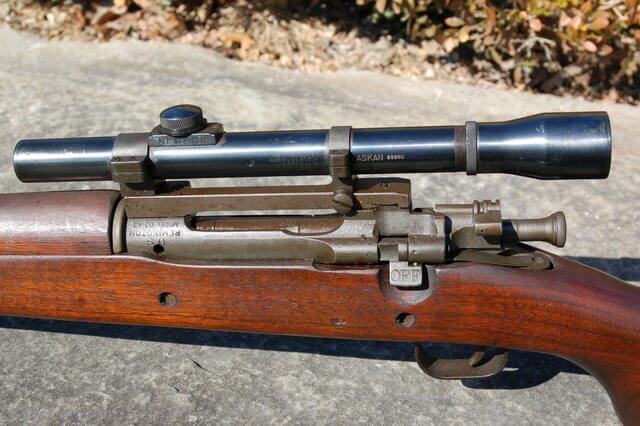
Lyman Alaskan 2.5x rifle scope
The newer rifle optics provided night vision, and that appeared as a great advantage during World War II. The scopes became fairly effective in conditions in the absence of light. However, they still needed some further upgrades and adjustments in order to become a real night-vision rifle scope.
The Army’s Vampir invented by German military developers was one of the initial vision systems from that category. That scope was created for the SIG 44 assault rifle and was not completely suitable for longer rifle types. At that time, shooters were unable to strike long-range targets with this optic at nights. The scope utilized the infrared system to show close-range targets in dark conditions.
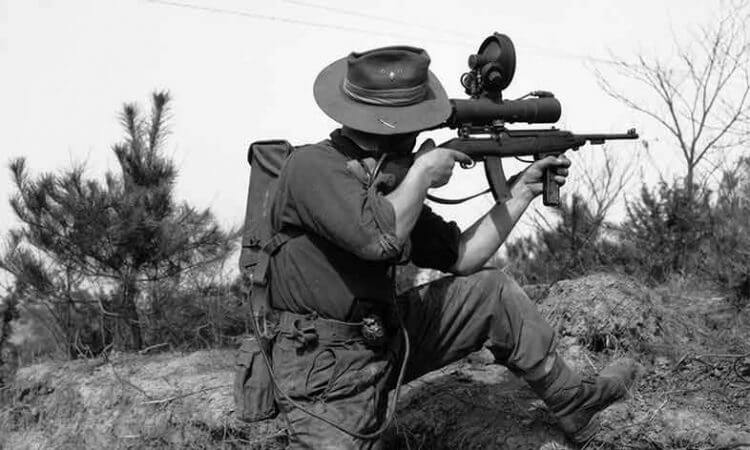
ZG 1229 Vampir 1229 (ZG 1229)
Though the optic was effective in close combat situations when used properly. The item was seen as one of the most advanced scopes at that period of time. However, the modern era has brought systems much better than this one.
Korean Conflict:
The war in Korea was not a decisive moment for this piece of battle equipment, and it saw little improvements in capabilities, features, and specifications.
This war was mostly conducted in close range combat situations, and sniper rifles were not so widely in use. Also, a big part of combat units was compiled of infantry and artillery troops, so the soldiers from these units did not have a reason to train with sniper optics too much.
The optics made during World War II were slowly released to the civilian market and became an inevitable part of equipment for hunters.
The rifle scopes were widely used by civilians during 1950s and were mostly used in combination with AR-15 rifles. They were produced with quite basic aiming reticles and provided a maximum of x6 magnification.
The technological advancements supported the production of significantly accurate rifles that needed more powerful scopes for longer shooting distances.
The new types of scopes were developed with an intention to fit well to such long-range rifles, and they provided a total of x20 magnification.
Unfortunately, these types of optics were quite hard to handle and maintain. They were incomparable with modern and advanced scopes, but they served the purpose in that period of time.
Rifle Scopes Advancements During the War in Vietnam:
The Vietnamese war brought serious changes and advances in the rifle scopes. The situation was quite different than in the Korean war, and the need for sniper scopes was significant. The leading role of rifle scope development was granted to Carlos Hathcock. He invented quite a basic telescopic optic during the war in Vietnam and placed it on the top of his M2 machine gun.
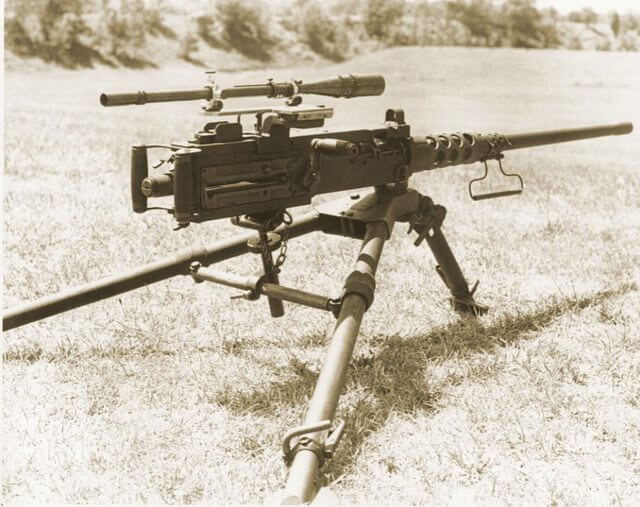
Hathcock Scope on a modified M2 Browning Heavy Machine Gun
The scope was not intended to work as a long-range firearm scope, but it showed great results at large distances when a single shot mode was used for shooting. However, the weapon required a skilled operator because it generated a massive amount of recoil during shooting.
The firearm became a deadly machine in the hands of skilled soldiers and effective range was up to 2,300 meters with the Hathcock scope. Many saw this combination as unethical at that time, however, it was recognized later and even became a standard for .50 firearms.
Also Read: The 4 Best Shooting Rests: Tested & Reviewed
Conclusion:
The rifle scopes advanced further from the Vietnamese war, and there are many modern variants in the market today.
The rifle scopes are often used for hunting and for recreational shooting.
The army typically has the most powerful scopes that are not available on the open market, but they may come out sooner or later in the near future.
The effective ranges are currently more than double in comparison with those from the war in Vietnam.
If you’ve any questions or suggestions please comment below and i’ll get back to you.
Over and out.
